20 Common Types of Weeds That Grow in Your Garden and How to Treat Them
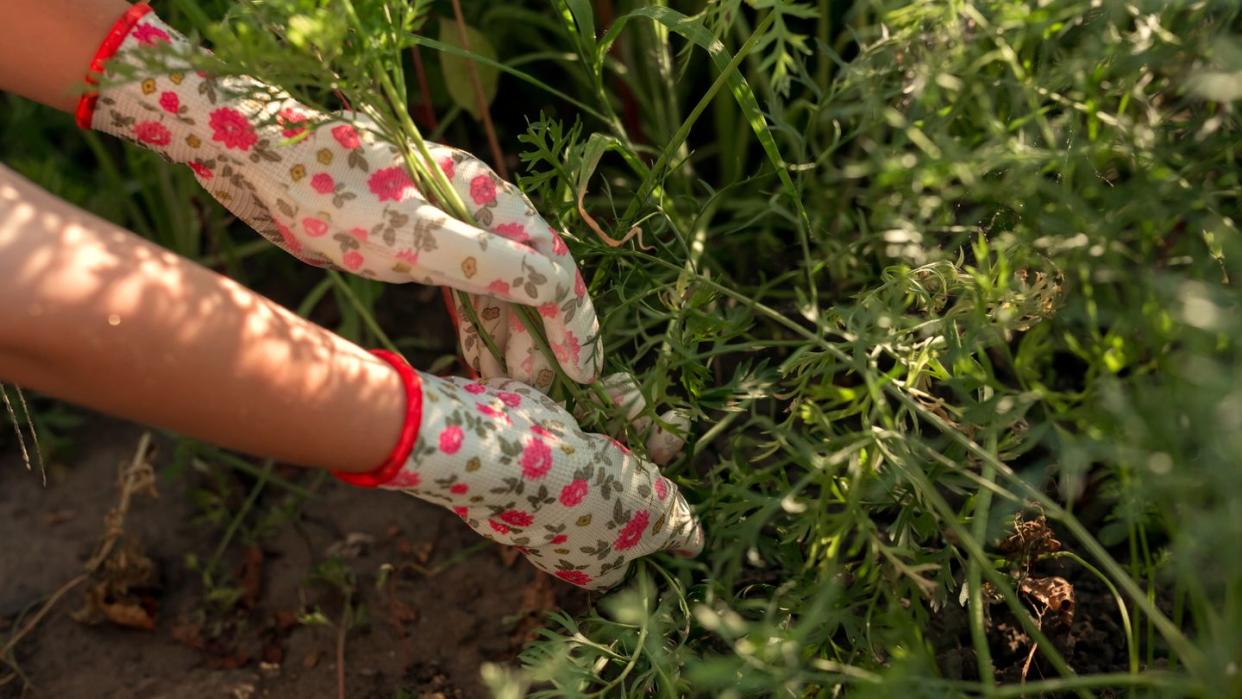
- Oops!Something went wrong.Please try again later.
Weeds—we can't live with them and, unfortunately, we can't live without them. But what we can do is find a way to control them. It all starts with understanding their biology and habits. By learning about the different common types of weeds, their life cycles, and preferred habitats, we can develop effective strategies for prevention and management.
How do I get rid of weeds forever?
According to Sally McCabe, associate director of community education at the Pennsylvania Horticultural Society, the first thing to know about weeds is that they can never be completely eradicated. "Weeds have a stick-to-itiveness that we can’t overcome, and sometimes its better to pick our battles," she explains. "Weeds are incredibly resilient and need very little sunlight and water to thrive. Every time you pull one weed, you expose new soil to sunlight, and if that soil contains more seeds, more weeds can easily grow in its place. However, if you plant grasses that are well-suited to your soil and climate conditions, your lawn will be able to compete with weeds naturally."
What's the best way to get rid of weeds?
Weeds are merely plants that are growing where we don’t want them to be. The first step to removing them is identification. "Some weeds can be eaten, others transplanted, but most need to be removed to give room to our intentional crops or lawn," McCabe says. She recommends the following steps:
Mow what you have (weeds or grass). If the weeds have not gone to seed and are not diseased, you can add them to your compost pile.
Dig or pull weeds by hand. You can weed at any time of the year, but the best time to pull weeds is after it has rained, when the soil is moist and loose.
Use a pre-emergent and post-emergent product. Some experts recommend using these products as a way to prevent widespread weeds. However, McCabe cautions against this option "due to the harmful chemicals they put into the soil and expose pets and wildlife to."
Another thing to keep in mind is that, despite their undesirable presence, weeds often play important ecological roles. They provide food and habitat for pollinators, improve soil health through nutrient cycling, and stabilize disturbed areas to prevent erosion.
"It may be necessary to shift your attitude towards weeds, and realize that without them, your garden or lawn loses crop diversity, which can make it more susceptible to pests and diseases," McCabe says. "For instance, people assume that dandelions in your garden are weeds, but other people find dandelions to be food, medicine, beauty, wine, etc.— one man’s weed is another man’s treasure!"
With that being said, let's go back to step one, identification, and take a look at some of the most common types of weeds.
Dandelions
This perennial weed is easily recognized by its bright yellow flowers and serrated leaves. Its deep taproot makes it challenging to eradicate completely from lawns and gardens.
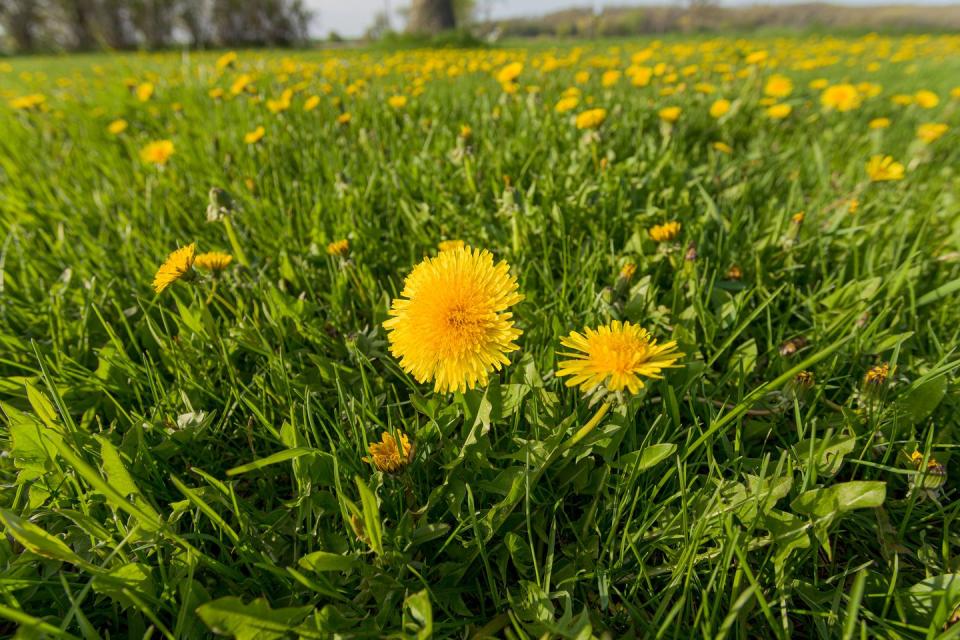
Broadleaf Plantain
Characterized by its broad, oval leaves with prominent veins, this perennial weed thrives in compacted soil. It grows in a basal rosette close to the ground.
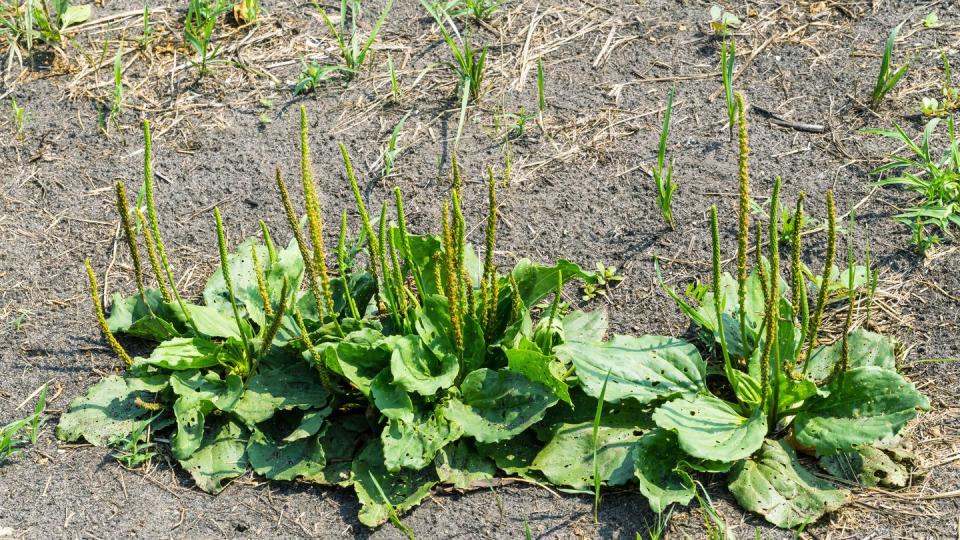
Common Purslane
This annual succulent weed forms thick mats with fleshy leaves and small yellow flowers. It grows in a wide range of conditions, often appearing in gardens and disturbed soil.
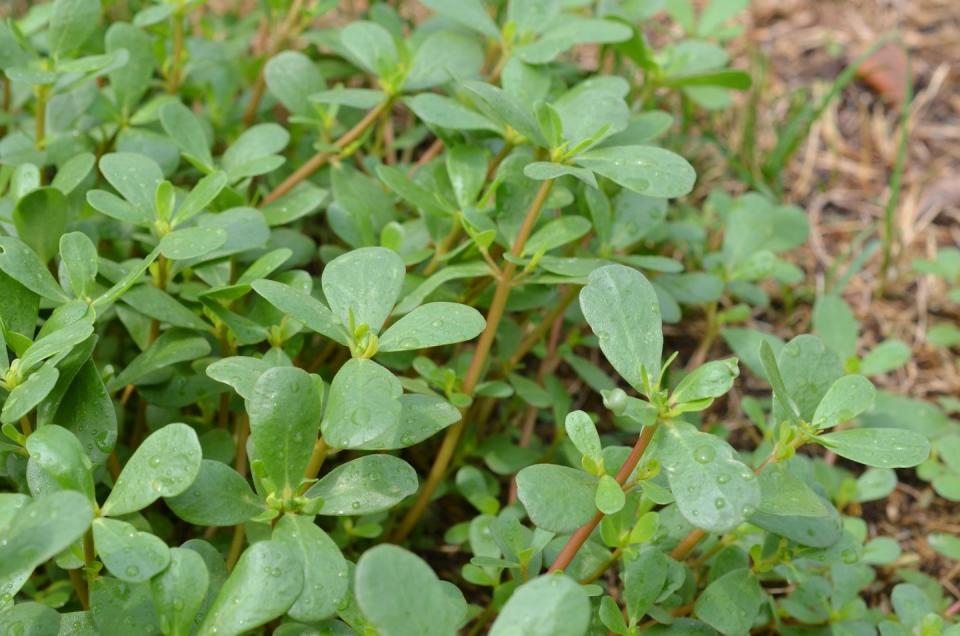
Chickweed
Chickweed is a low-growing annual with small, star-shaped flowers and pairs of opposite leaves. Its ability to spread rapidly makes it a common nuisance in lawns and flower beds.
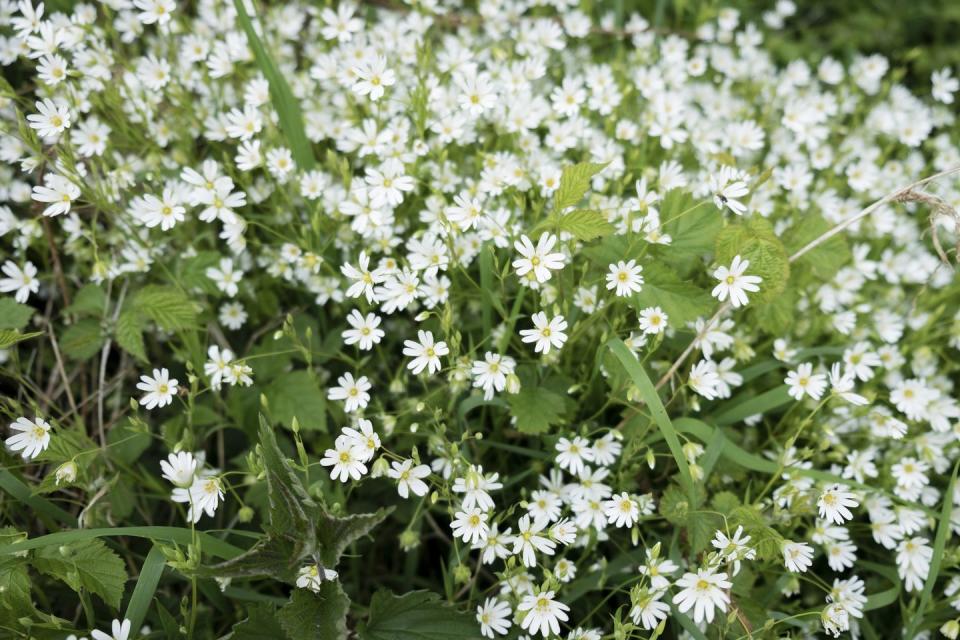
Creeping Charlie
Also known as ground ivy, this perennial weed features scalloped leaves and small, bluish-purple flowers. Its vigorous spreading habit can quickly overrun lawns and landscapes.
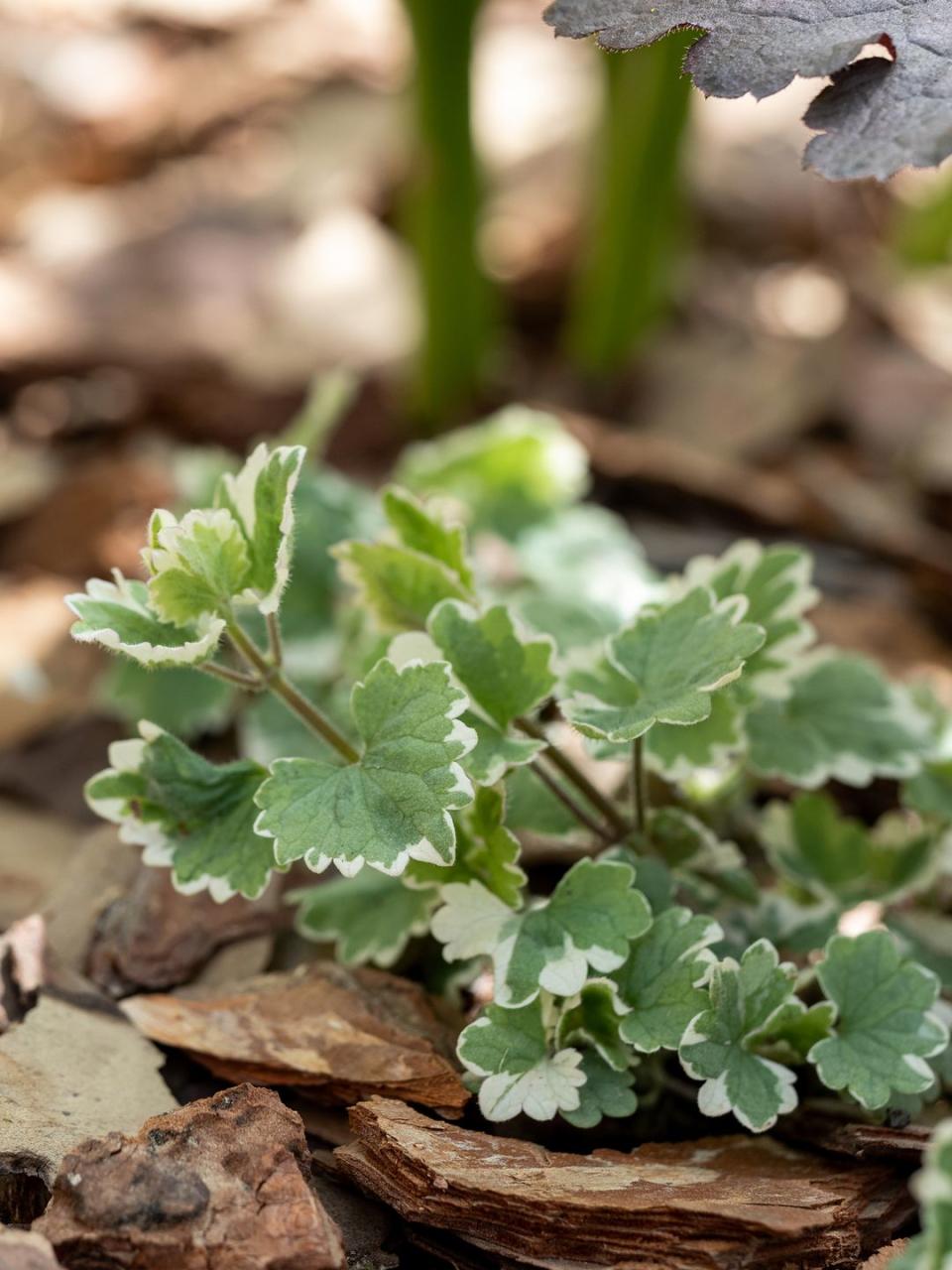
White Clover
Recognized by its trifoliate leaves and white, globe-shaped flower clusters, this perennial weed is often found in lawns. Its nitrogen-fixing ability can benefit soil health but is considered invasive in turfgrass.
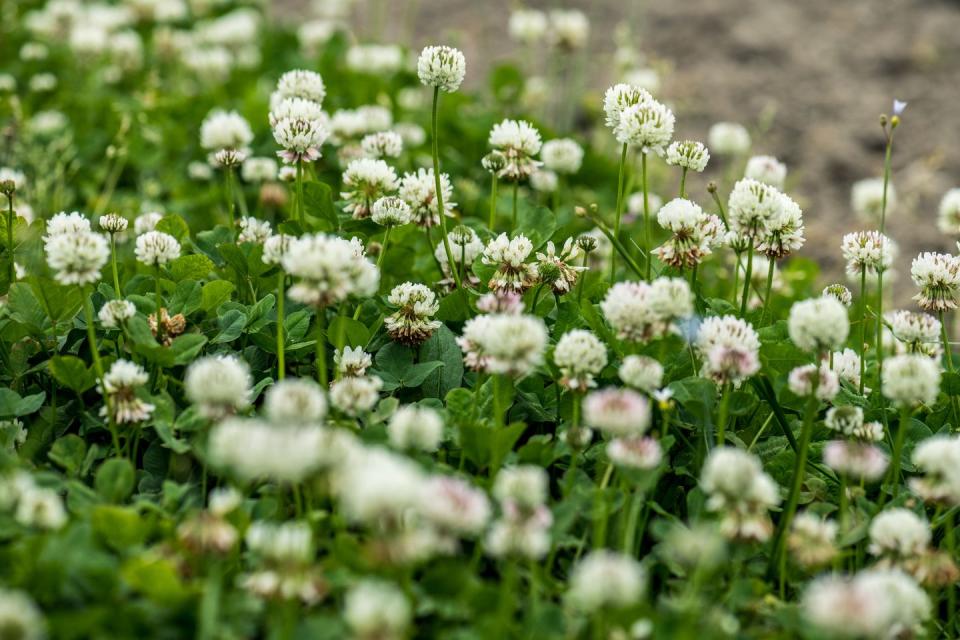
Common Lambsquarters
Common Lambsquarters is an annual weed with diamond-shaped leaves covered in a white powdery coating. It competes vigorously with crops for nutrients and moisture.
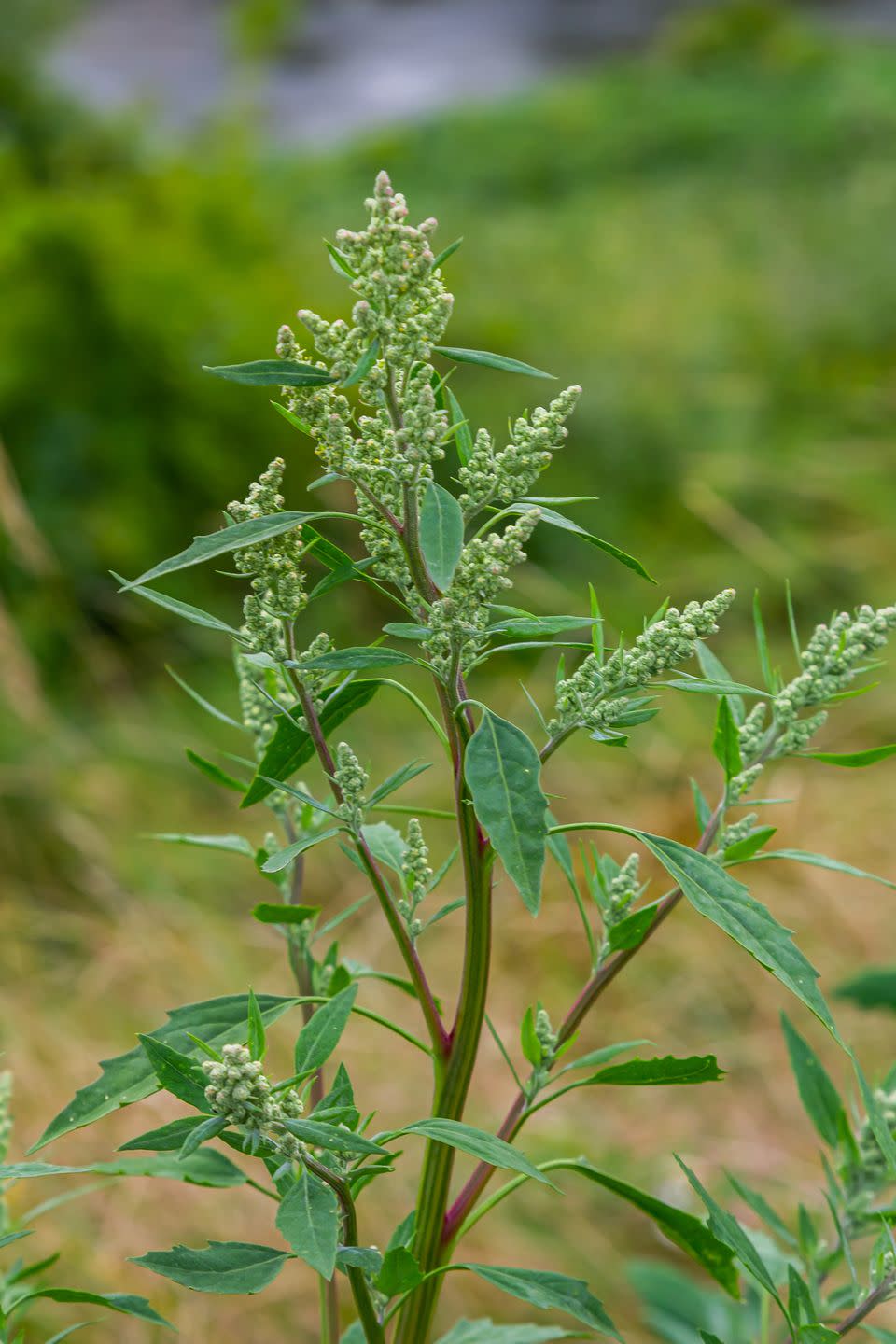
Annual Bluegrass
Also known as poa annua, this weed forms dense tufts of fine-textured grass with boat-shaped leaf tips. It's a cool-season annual grass weed that has developed resistance to various herbicides.
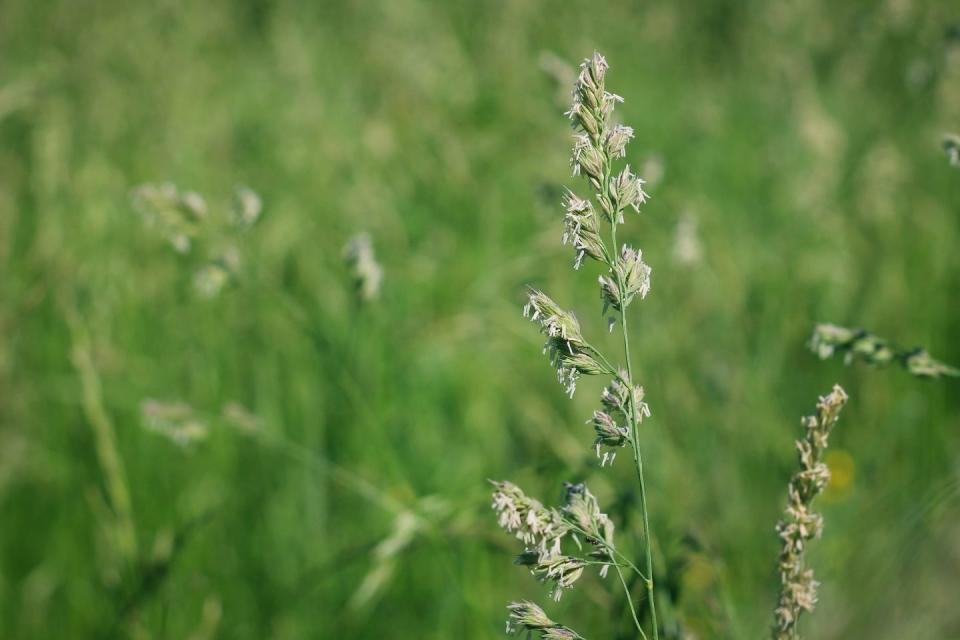
Japanese Knotweed
This highly invasive perennial features bamboo-like stems and heart-shaped leaves. Its aggressive growth habit can cause damage to infrastructure and natural ecosystems.
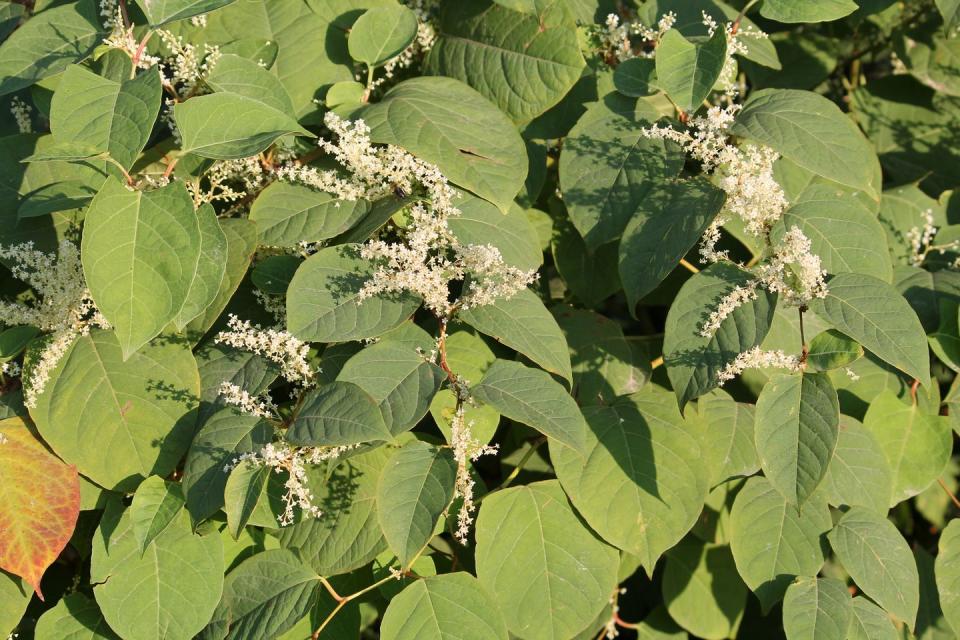
Bindweed
This perennial vine produces funnel-shaped white or pink flowers and arrowhead-shaped leaves. Its deep, extensive root system makes it challenging to control in gardens and agricultural fields.
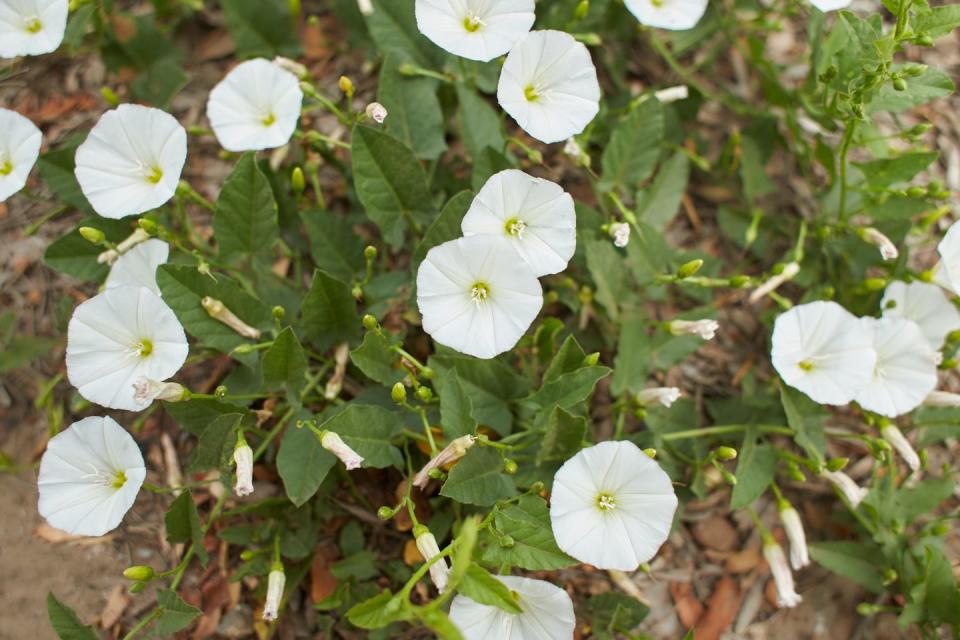
Canada Thistle
Characterized by its spiny, lobed leaves and purple flower heads, this perennial weed spreads rapidly via underground rhizomes. Unlike many other plants, it has the ability to produce both male and female flowers on the same plant, a trait known as monoecious.
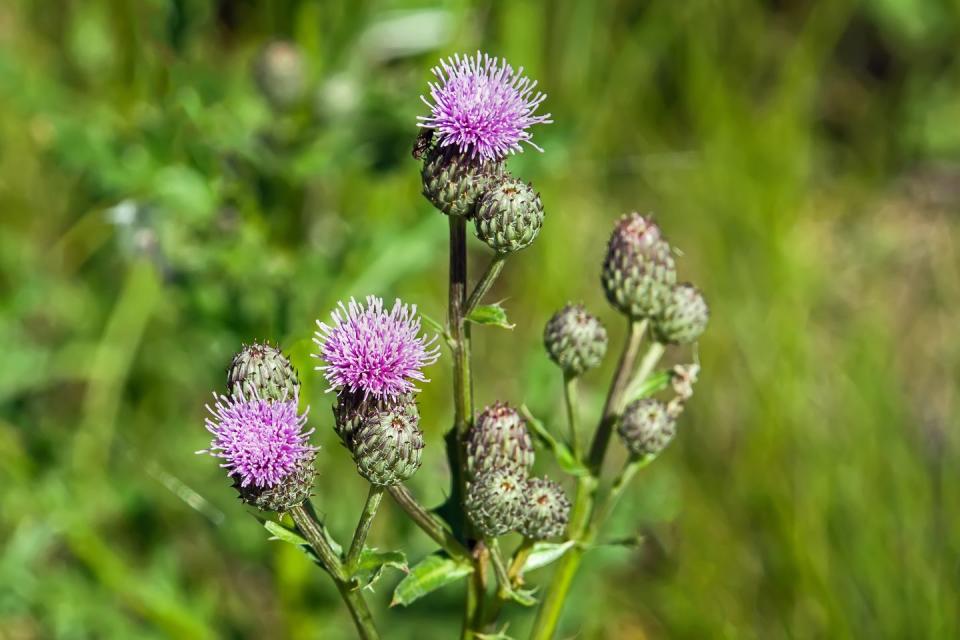
Quackgrass
Also known as couch grass or twitch grass, quackgrass is a persistent perennial weed with tall, erect stems and long, narrow leaves. Its extensive rhizome system enables rapid spread, making it difficult to eradicate from lawns and gardens.
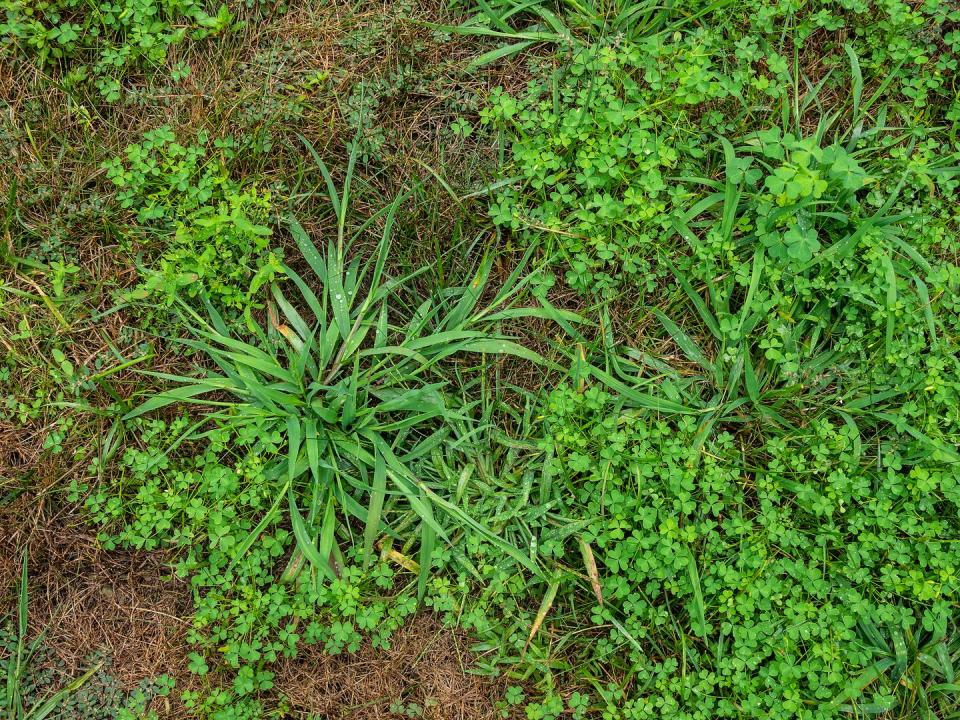
Shepherd's Purse
This annual weed is recognized by its deeply lobed leaves and heart-shaped seed pods that resemble tiny purses, giving the plant its name. It's capable of self-pollination, allowing it to quickly produce seeds and colonize new areas.
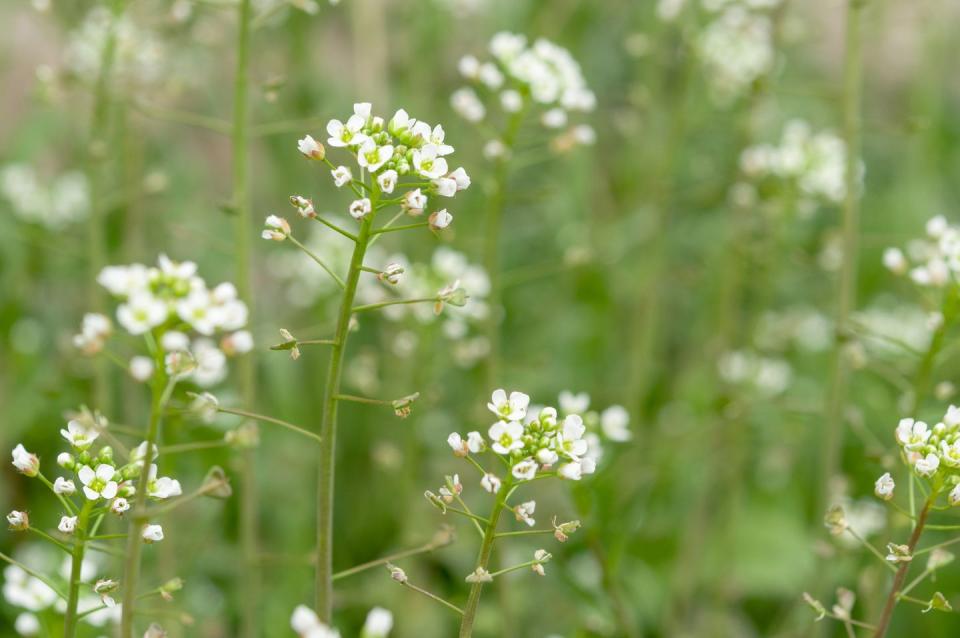
Bermuda Grass
Bermuda Grass is a warm-season perennial with fine-textured blades and spreading rhizomes. Its aggressive growth habit and tolerance to various conditions make it difficult to control in lawns and landscapes.
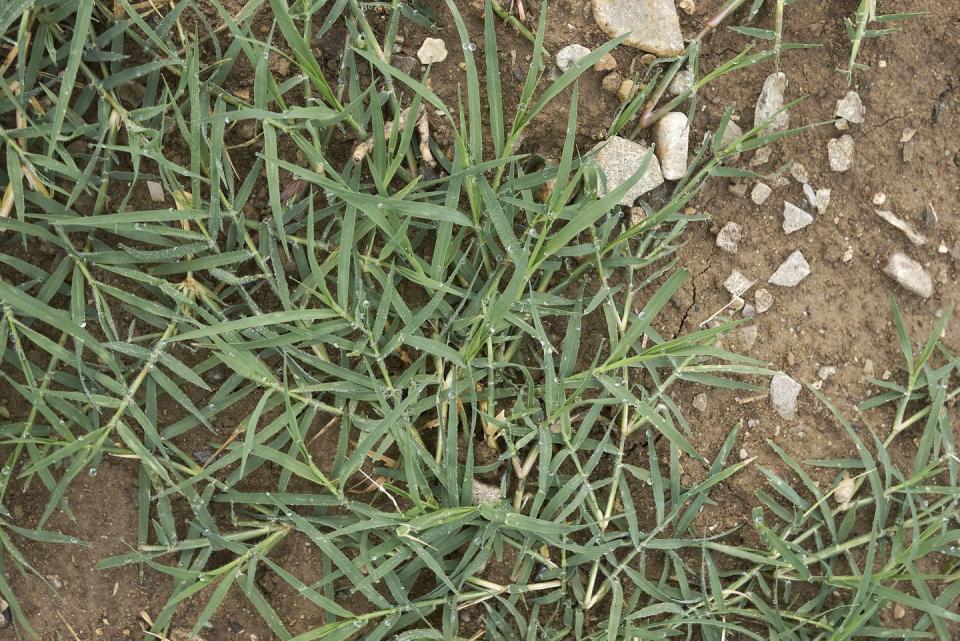
Yellow Nutsedge
Yellow Nutsedge is a perennial sedge weed featuring triangular stems and yellowish-green flowers. It thrives in wet or poorly drained soil and is highly invasive and persistent.
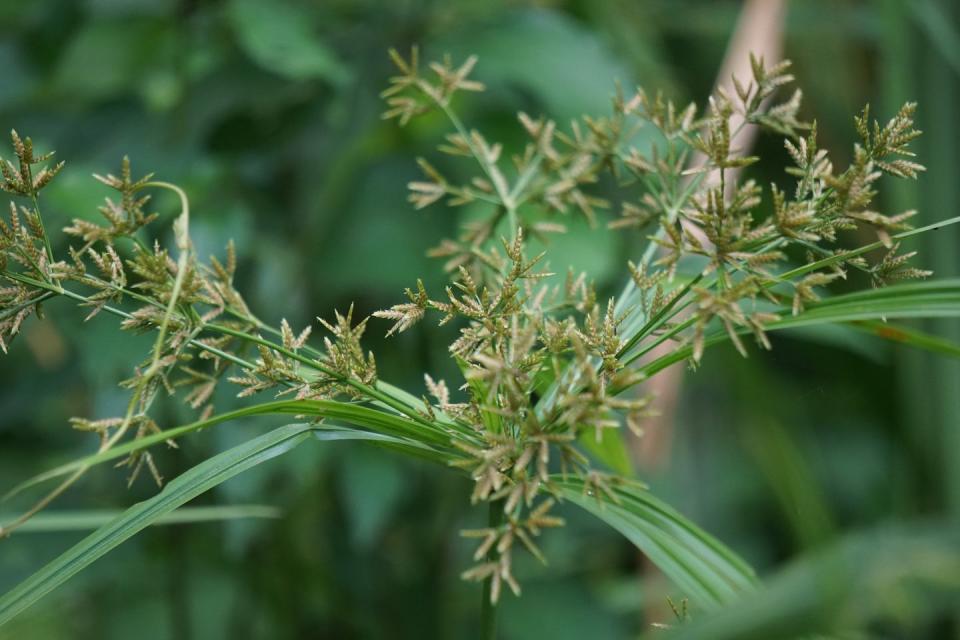
Dallisgrass
This perennial grass weed is recognized by its tall, upright stems and distinctive seed heads with three to seven spikes radiating from a central point. It thrives in warm climates and fertile soil and can quickly form dense patches.
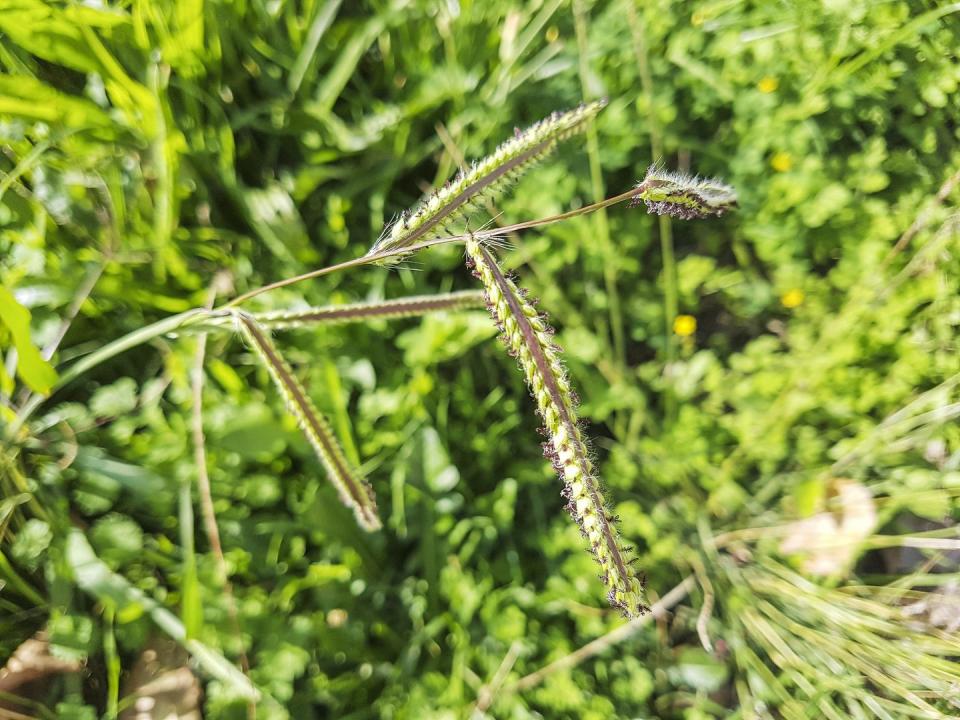
Kyllinga
This perennial weed has slender, grass-like stems and small, inconspicuous flowers. It thrives in moist, poorly drained soil and can form dense mats.
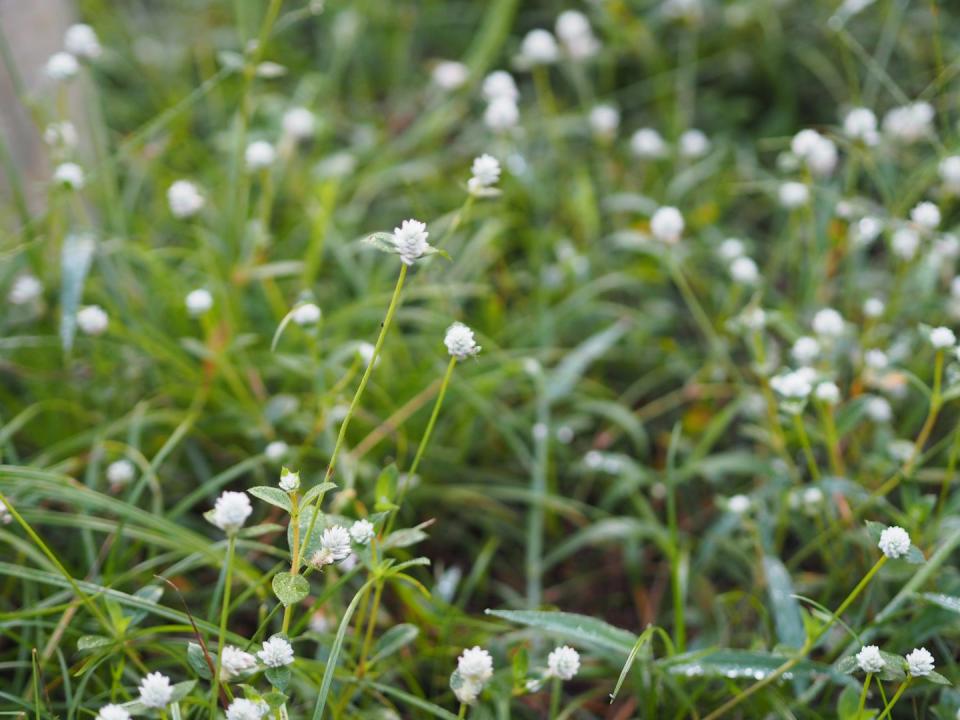
Henbit
Henbit is a winter annual weed featuring square stems, opposite leaves, and clusters of small purple flowers. It thrives in cool, moist conditions and can quickly colonize lawns, gardens, and agricultural fields.
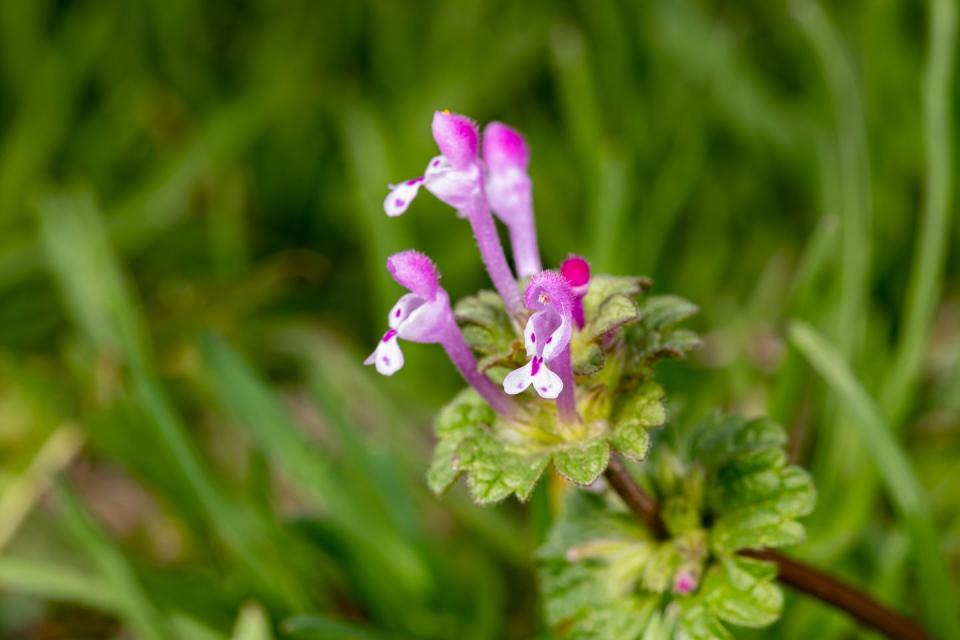
Purple Dead Nettle
This winter annual weed has purple-tinged leaves and small, purple flowers arranged in clusters along its square stems. It thrives in cool, moist conditions and often invades lawns, gardens, and disturbed areas.
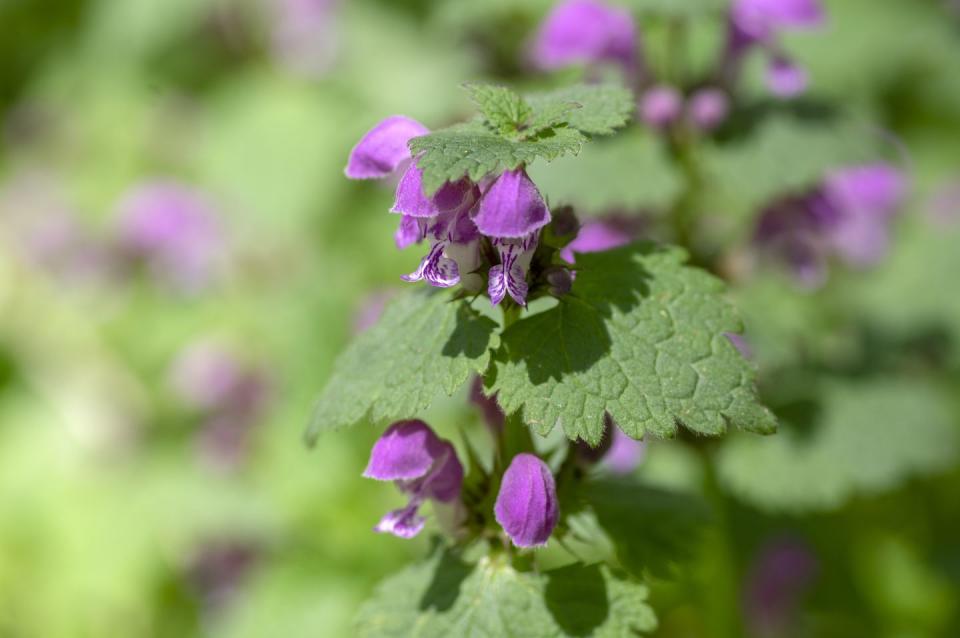
Wild Carrot
Wild Carrot, also known as Queen Anne's Lace, is a biennial weed characterized by its delicate white flowers arranged in a flat-topped cluster, reminiscent of lace. It often grows in fields, along roadsides, and in disturbed areas.
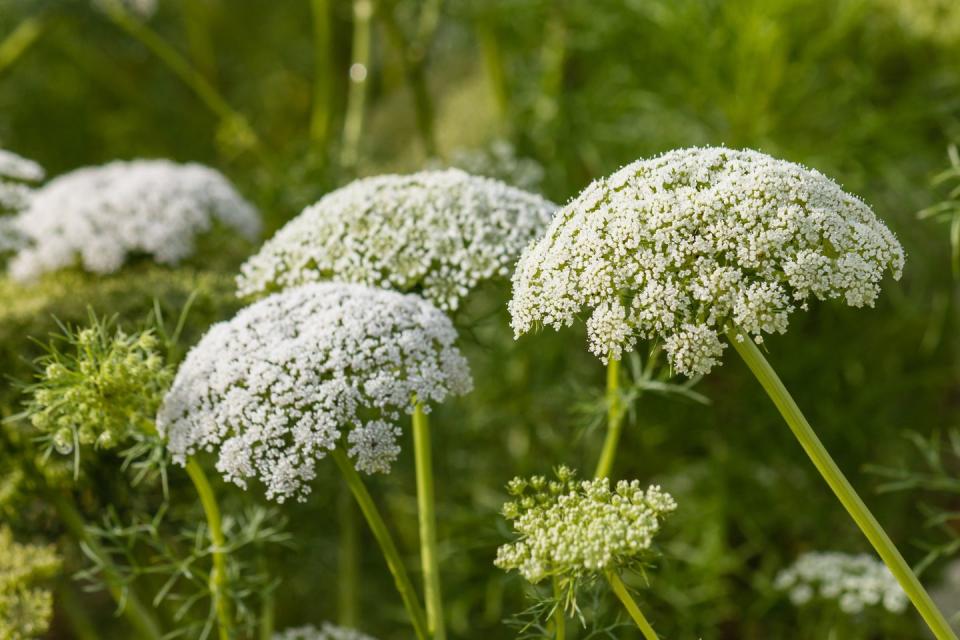
You Might Also Like

